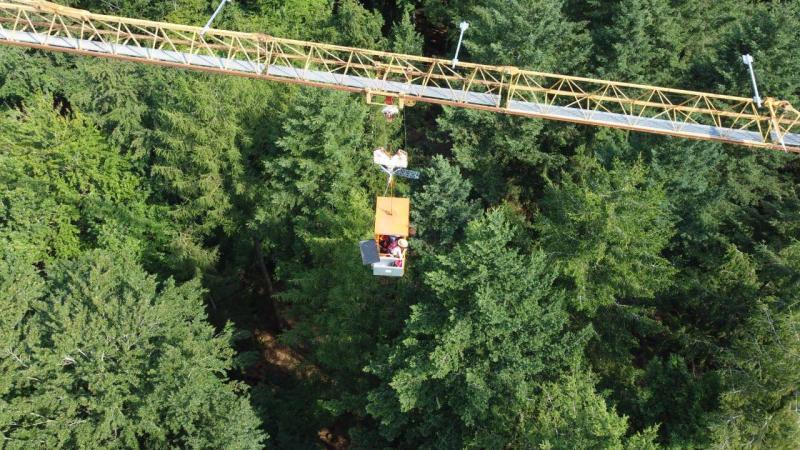Coastal Deciduous Forests North-Eastern Germany - Germany
Basic Information
Site Name
Coastal Deciduous Forests North-Eastern Germany
Short name
LTER_EU_DE_027
Country
Germany
Operating Organisation
Site Manager
Site Description
Last modified
2025-12-11 16:12:36
General Characteristics and Status
Site Status
Operational
Year Established
2013
Climate
Precipitation Sum: 567 mm
Temperature Mean: 8.08 °C
Standard Reference Period: 1961 - 1990
Temperature Mean: 8.08 °C
Standard Reference Period: 1961 - 1990
Affiliation and Network Specific Information
Affiliation
ILTER✔This site is a verified "ILTER" member.
LTER Europe✔This site is a verified "LTER Europe" member.
GERI✔This site is a verified "GERI" member.
LTER-D (Germany)✔This site is a verified "LTER-D (Germany)" member.
Photos
Geographic
Centroid/Representative Coordinates
Latitude: 54.078026 Longitude: 13.474424
Size
ca. 1880260.41ha
Elevation (average)
20.00msl
Elevation (min)
10.00msl
Elevation (max)
30.00msl
Download

